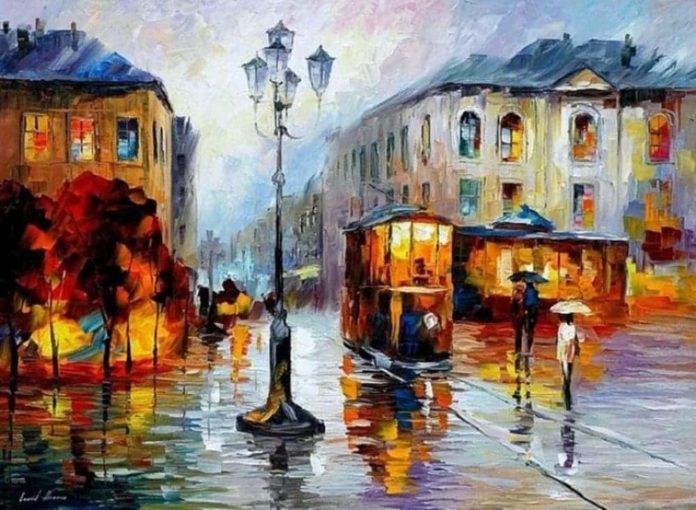
Some art enthusiasts look to collect art while some only do it to pocket profits. But, either way, you are in for a great fortune, if you are lucky and have got the big bucks to get original artworks.
However, as easy as it sounds, identifying original artwork in today’s world has gotten difficult. Not only does every famous masterpiece have a forged copy but also there are plenty available.
Thus, if you are not careful and not aware of how to check if the painting you are about to buy is original or not, you might just land yourself in a soup. Fortunately for you, we have rounded up a few ways, to help you determine whether an artwork is a genuine piece or not. Well, let’s get started with how to spot a fake artwork.
Research Enough
If you are looking to add a masterpiece to your art collection as an art connoisseur, you should get familiar with the artist’s oeuvre. Researching thoroughly about the artists, their trademark style of painting, and eventually, more on the painting you are looking to invest in can help you identify a fake one. Reading through the artist’s history and even about the art, you are eyeing to buy, helps you have an idea of the period that will eventually help you out to figure the other aspects of the paintings.
Use Your Nose
If you are unsure of the authenticity of the artworks, using your olfactory sense to distinguish comes in handy. New, reproduced artworks will still have a fresh smell of the paints while an original artwork would be bereft of any. Plus, an old painting made years ago will have an essence and an old charm.
Old is Gold
A chip on the frame, the withering old wood patina, paint, would definitely give you hints on whether the artwork is original or not. The best way to be able to get better at this is by checking on old paintings in museums. Just walk into one, and request the stuff out there to show you the signs of old paintings. This knowledge would add to your information kitty and eventually help you judge the authenticity of the artwork you are looking to buy.
Look for Brush Bristles
This is one of the most common and easier ways to check the authenticity of artworks. Try to take a closer look at the artwork and notice if there are brush bristles stuck onto the paints. A cheap replica can look the same, but a genuine art piece will never have any traces of bristles attached.
Feel the Paint Layering
An original artwork piece of art will have quite a few layering of paint to achieve the color that the artist intended to illustrate. A replica would lack that depth in the layering. So, if it’s a painting that is from the yesteryears, try to have an idea of the paints used as there are not too many options available at the time.
Get the Painting Appraised
As an art connoisseur, if a great deal of money is involved, it’s always best to get your painting appraised by an expert. Also, do make sure you get yourself a certified appraiser to do the needful.
Signature
This is probably the easiest way to identify an original artwork. Most painters either leave their signatures on the painting or at the back of the painting as their trademark. Try to get familiar with the signature and then match it with the artwork from the same artist. So, if you mind a mismatch in the artist’s signature, there would be a high probability that the artwork is a forged copy.
Authenticity Certificate
Every genuine artwork comes along with a mandatory Certificate of Authenticity. It’s nothing but a signed document that proves the authenticity of the artwork and also gives you detailed information about the artwork. Plus, this certificate would also mean that the source and the origin of the work of art have been correctly identified.
Turn the Painting Over
You can also pick up valuable information if you turn the painting over. More often than ever, paintings retain its original stretcher, and it’s easy to identify from the canvas it gets support from. Plus, certain material feels and specific looks would definitely help potential buyers gather enough ideas on the painting’s age.
Use a Magnifying Glass
A great deal of information can be revealed with the help of a magnifying glass. After all, it’s one of the best ways to spot a digital print. Magnifying glasses pick up the tiny pixels arranged in a repeating pattern meant to replicate the painting. In an authentic painting, you would be able to feel the paint waves, and if it turns out to be smooth, then chances are it’s a fake painting. You can also try holding the painting at a certain angle and check for bumpy brush strokes to figure out its authenticity.
The Bottom Line
Thus, if you are looking to add to your art collection, follow these 10 guidelines to identify a genuine artwork from a fake one. And, if you are looking to add artwork print to your collection, head over to https://www.1st-art-gallery.com to get yourself one.





